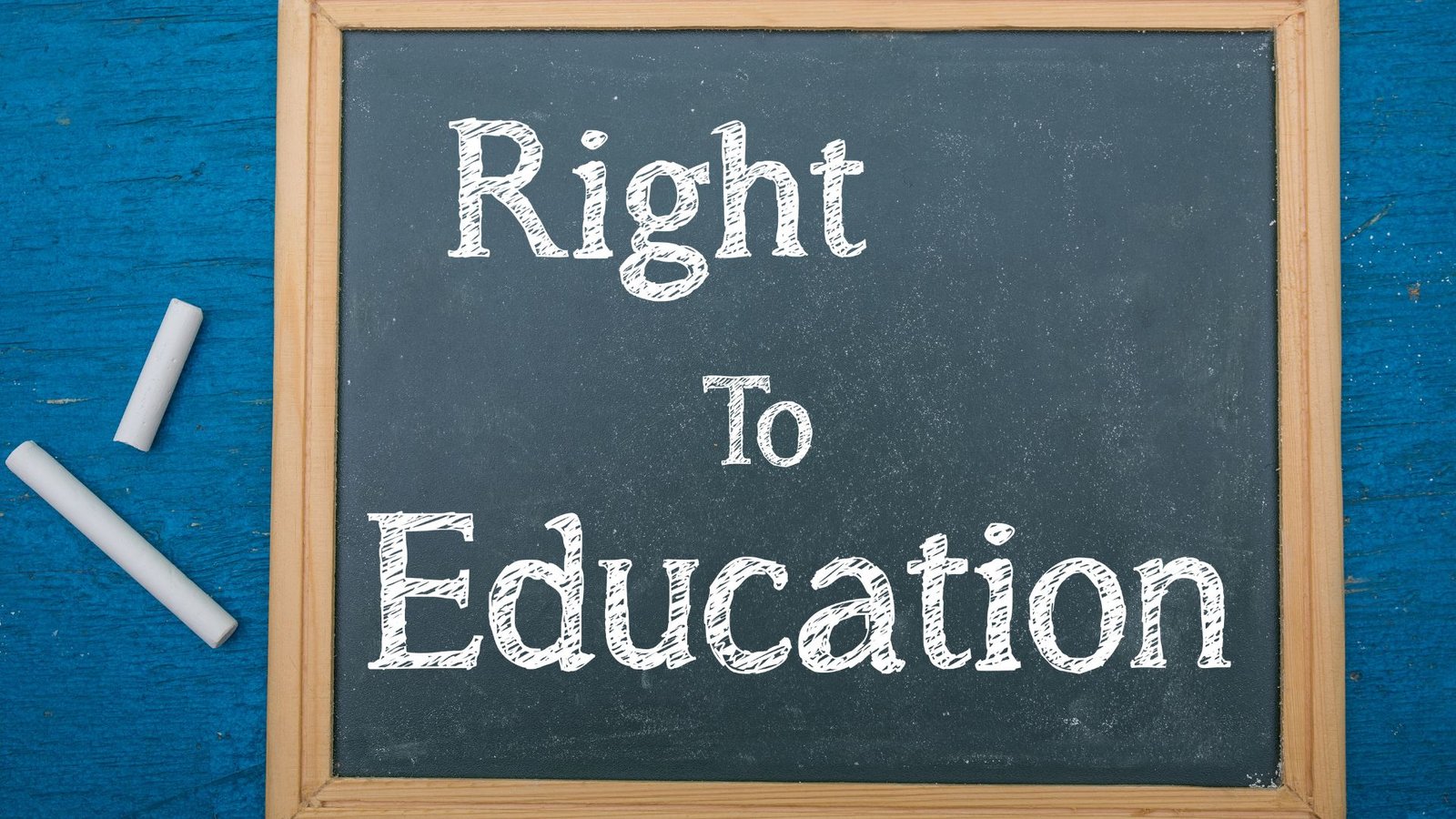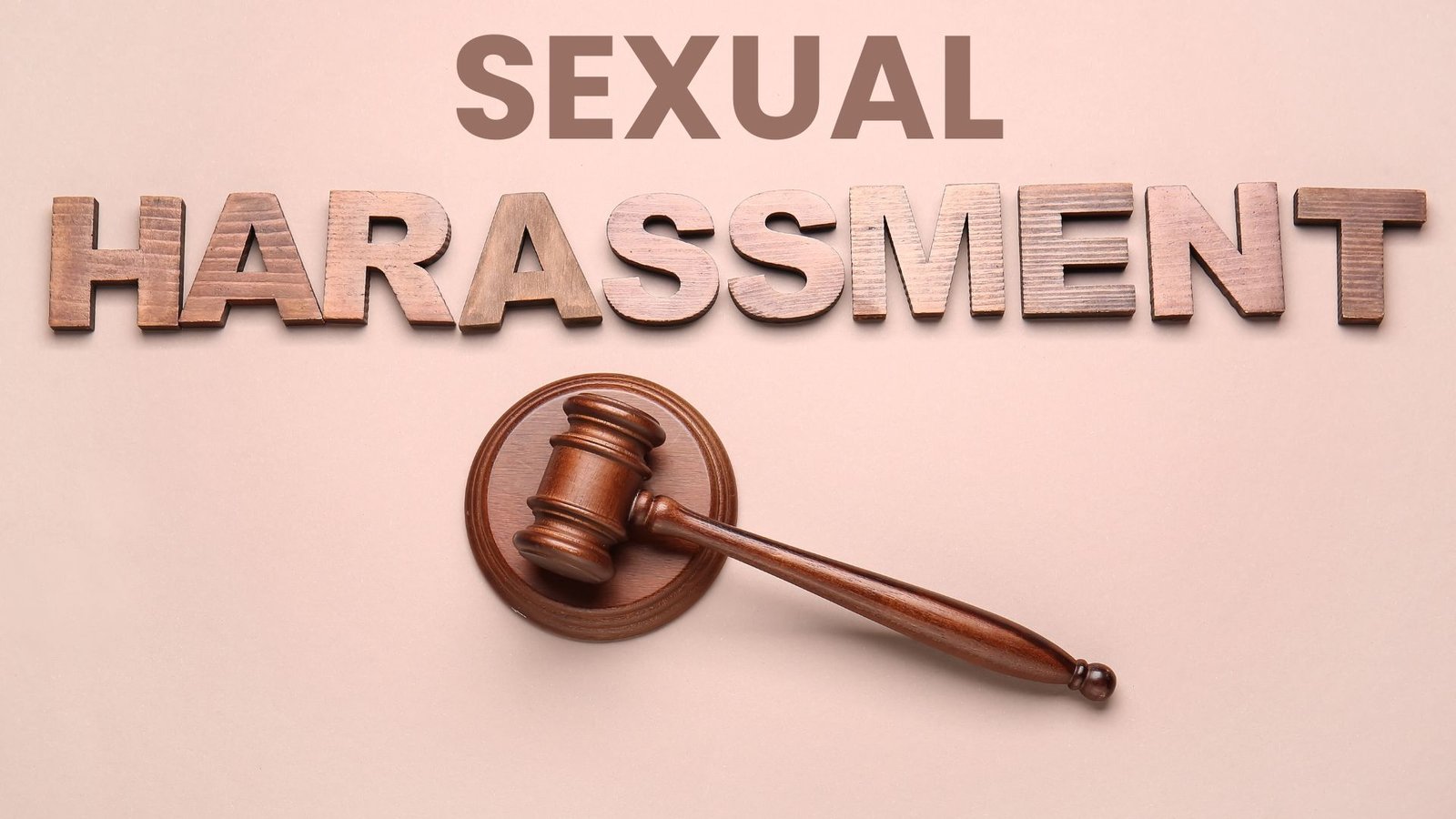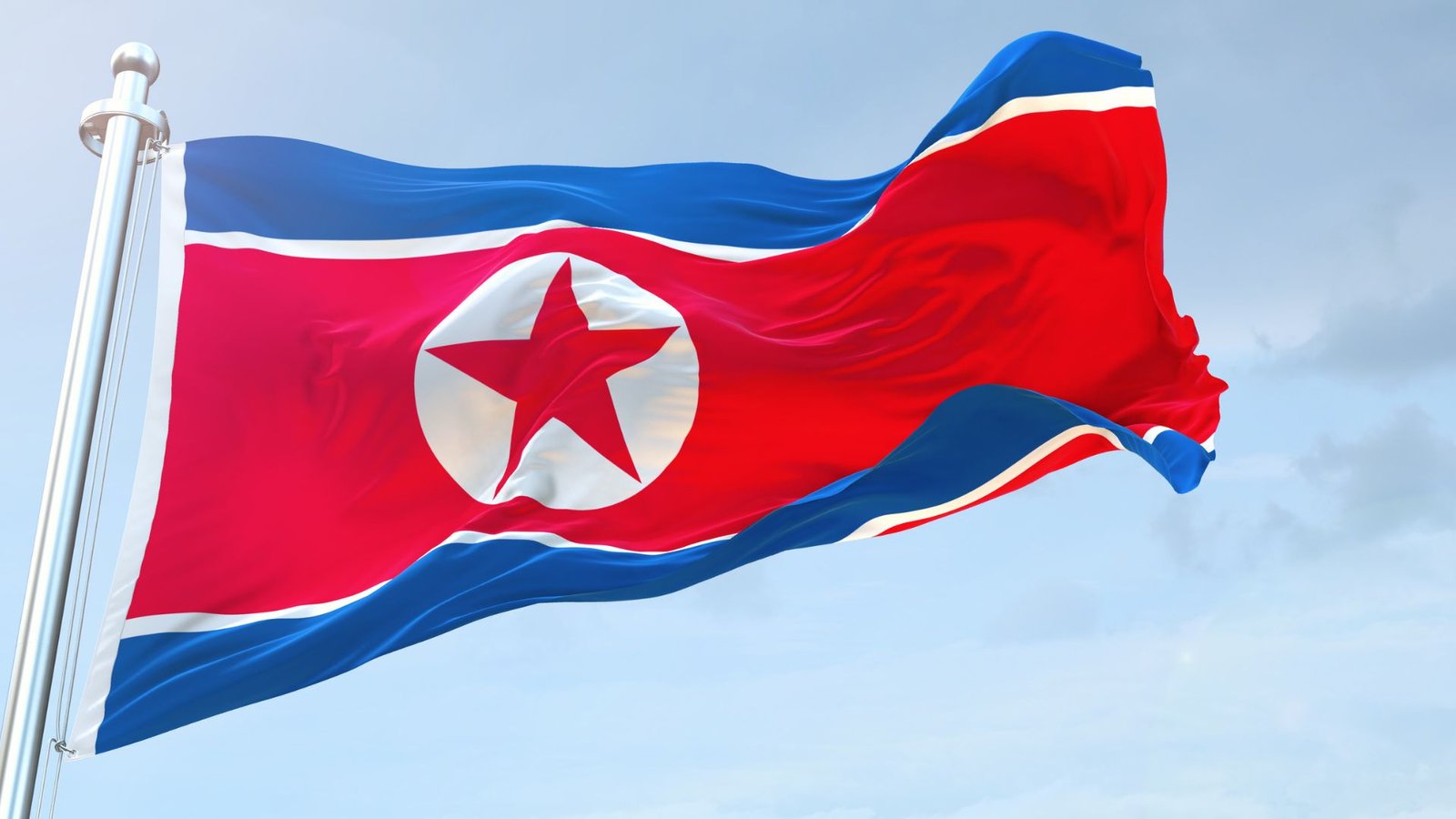On this page you will read detailed information about The Right to Education: An Essential Human Right.
As a global citizen, you know that education is a crucial component of human development, personal fulfillment, and societal progress. With 193 countries guaranteeing free primary education, the right to education is recognized worldwide as an essential human right. Yet barriers persist that prevent universal access. As you explore this issue further, understand that education enables the realization of other integral rights while driving inclusive growth. This article discusses the right to education as an engine for positive change, why we must safeguard this entitlement, and how you can get involved in expanding its reach.
The Importance of the Right to Education
Education is a basic human right that benefits individuals, communities, and countries overall. Having access to education provides the following key advantages:
- Personal development – Education enables people to reach their full potential. It builds confidence, expands perspectives, and teaches critical thinking skills. These tools empower individuals to shape their own futures.
- Economic growth – Educated individuals contribute more in taxes, rely less on social services, boost innovation, and fill high-skill jobs. This spurs economic prosperity. Countries with higher education rates see faster gross domestic product (GDP) growth.
- Civic engagement – Knowledge and skills gained through schooling lead to more awareness of social issues and greater involvement in the democratic process through voting and activism.
- Health improvements – Additional years of education strongly correlate with better health choices and outcomes for both individuals and families.
- Gender equality – Equal access to quality learning for girls and women enables them to be financially independent. This elevates their status and influence.
- Peace building – When all groups are included, schools can bridge divides. Education fights prejudice by nurturing tolerance and diversity appreciation.
Despite such benefits, millions still lack access to education. Reasons include discrimination, child labor, emergencies, and lack of infrastructure or resources. Global initiatives strive to make quality primary and secondary schooling universally available. Fulfilling this basic human right remains essential for unlocking human potential.
A Brief History of the Right to Education Movement
The right to education is a key component of human rights. While the right to education has long been championed, it is relatively recently that it has been recognized legally in human rights legislation.
- In 1948, the Universal Declaration of Human Rights (UDHR) was adopted by the United Nations. This enshrined the right to education for all as a fundamental human right. Article 26 of the UDHR states that everyone has the right to an education, and that primary education should be universally available and free.
- Efforts were then made over subsequent decades to legally codify this right through treaties and legislation. Key milestones include:
- The 1960 UNESCO Convention against Discrimination in Education prohibited discrimination in education.
- In 1966, the International Covenant on Economic, Social and Cultural Rights again asserted the right to free compulsory primary education.
- In 1989, the UN Convention on the Rights of the Child stipulated governments must provide free primary education.
- The UN also designated education as one of its Sustainable Development Goals in 2015, aiming to ensure inclusive and equitable access to education for all by 2030.
So while the basic right has been long recognized, concerted efforts have been made more recently to enshrine it legally at domestic and international levels. There is still work to be done to achieve the ideal of education access for all globally. But the movement has strong momentum.
In the previous post, we had shared information about Examining The Two Finger Test: Purpose, Procedure, And Criticisms, so read that post also.
The Right to Education Act in India
The Right to Education Act is a key piece of legislation in India that aims to provide free and compulsory education to all children aged 6-14 years. This act enshrines education as a fundamental human right for every child in India. Enacted in 2009, the act mandates several important provisions:
- All government and aided schools must reserve 25% of seats for disadvantaged children. This ensures inclusivity and access.
- Schools must maintain minimum teacher-student ratios and adequate infrastructure. This stipulates standards for a quality education environment.
- The government will provide financial assistance to aid disadvantaged children in accessing education through scholarships, transportation, etc. Removing barriers to access is essential.
- Private schools must also reserve 25% seats for disadvantaged students, to promote integrated classrooms. Unity and empathy are encouraged.
- Standards are instituted concerning student assessment and teacher qualifications. High principles for child development are championed.
Through these key measures, the act creates opportunities for children of all backgrounds to exercise their right to education. While increased funding and consistent monitoring are still required for thorough implementation, the legislation signifies an important step toward promoting equal access, quality instruction, and holistic growth for all of India’s children. Education liberates human potential and dignifies the individual. This act moves us closer to fulfilling that vision.
Challenges in Ensuring Education for All
Despite education being an essential human right, there remain barriers to achieving universal education globally:
- Lack of access – An estimated 262 million children and youth are out of school. This includes refugees, girls in developing regions, children with disabilities, and those impacted by poverty or conflict.
- Unequal opportunities – Factors like gender, ethnicity, income level and geography often determine whether children get quality schooling and outcomes.
- Inadequate funding – Many countries do not invest enough GDP into education. This leads to overcrowded classrooms, teacher shortages, lack of learning materials and crumbling school infrastructure.
- Societal attitudes – Ingrained beliefs in certain cultures devalue the importance of educating girls or marginalized groups. This affects enrollment and retention rates.
- Emergencies and crises – Situations like natural disasters, wars, or health pandemics frequently disrupt access to steady education.
To work towards education for all, concerned stakeholders could:
- Set concrete national and global benchmarks for achieving universal quality education by 2030
- Prioritize marginalized groups when allocating educational budgets and resources
- Launch public awareness campaigns on the significance of education as a basic human right
- Establish specialized funds to maintain education continuity during emergencies or crises
- Foster cross-sector partnerships between governments, NGOs and communities to scale innovative education delivery models
With coordinated efforts, it is possible to guarantee inclusive and equitable education for every child and youth across the world. But continued action is vital to make this right a reality.
The Right to Education: Frequently Asked Questions
Q1: What is the right to education?
Q2: Why is the right to education important?
II) Allows civic participation and social mobility
III) Develops key skills for employment
IV) Drives economic growth and reduces poverty
V) Spreads knowledge to make informed decisions
VI) Advances societies by spreading literacy and learning
Q3: What does the right to education involve?
i) Availability of functioning schools and programs
ii) Accessibility without discrimination or barriers
iii) Acceptability through relevant, non-discriminatory content
iv) Adaptability to students’ diverse needs and cultures
Q4: What laws or treaties protect the right to education?
I) Universal Declaration of Human Rights (Article 26)
II) Convention on the Rights of the Child (Articles 28 & 29)
III) International Covenant on Economic, Social and Cultural Rights (Articles 13 & 14)
IV) Convention on the Elimination of Discrimination Against Women (Articles 10)
Q5: How can governments uphold this right?
I) Make primary education free and compulsory
II) Eliminate discrimination in access to education
III) Make secondary and higher education accessible to all
IV) Support vulnerable groups’ access through affirmative action
V) Ensure education develops human personality and strengths
VI) Provide ongoing improvements to education systems
The right to education enables access to schooling and lifelong learning opportunities that allow all people to grow, thrive, and fully participate in the social, economic, and political spheres of life. Robust legal frameworks and government policies are vital to uphold this essential human right.
Conclusion
As you have seen, education is not simply a privilege or benefit, but a fundamental human right that is essential for individuals and communities to thrive. Access to quality education allows people to develop skills, knowledge, and capacity to reach their full potential and participate meaningfully in society. Denying this right deprives people of critical opportunities and is detrimental on both an individual and societal level. Realizing the right to education for all requires continued advocacy, policy changes, and dedication of resources. We all have a role to play in promoting and protecting this right. Through collective effort, we can work towards quality education being a reality for all people, enabling lives of dignity and helping create more just and equitable communities.
Disclaimer
The information and services on this website are not intended to and shall not be used as legal advice. You should consult a Legal Professional for any legal or solicited advice. While we have good faith and our own independent research to every information listed on the website and do our best to ensure that the data provided is accurate. However, we do not guarantee the information provided is accurate and make no representation or warranty of any kind, express or implied, regarding the accuracy, adequacy, validity, reliability, availability, or completeness of any information on the Site. UNDER NO CIRCUMSTANCES SHALL WE HAVE ANY LIABILITY TO YOU FOR ANY LOSS OR DAMAGE OF ANY KIND INCURRED AS A RESULT OR RELIANCE ON ANY INFORMATION PROVIDED ON THE SITE. YOUR USE OF THE SITE AND YOUR RELIANCE ON ANY INFORMATION ON THE SITE IS SOLELY AT YOUR OWN RISK. Comments on this website are the sole responsibility of their writers so the accuracy, completeness, veracity, honesty, factuality and politeness of comments are not guaranteed.
So friends, today we talked about The Right to Education: An Essential Human Right, hope you liked our post.
If you liked the information about The Right to Education: An Essential Human Right, then definitely share this article with your friends.
Knowing about laws can make you feel super smart ! If you find value in the content you may consider joining our not for profit Legal Community ! You can ask unlimited questions on WhatsApp and get answers. You can DM or send your name & number to 8208309918 on WhatsApp









